What Can You Do with Lemon Peels? 10 Practical Uses That Transform Kitchen Waste
Lemon peels aren't just waste—they're packed with essential oils, antimicrobial compounds, and flavor potential that can revolutionize your cooking while reducing food waste. Here's the quick answer: you can dry them into zest powder, infuse oils, create natural preservatives, boost savory dishes, and even make eco-friendly cleaning products. These scientifically-backed methods leverage the citrus compounds that professional chefs use to enhance flavor complexity while extending shelf life naturally.
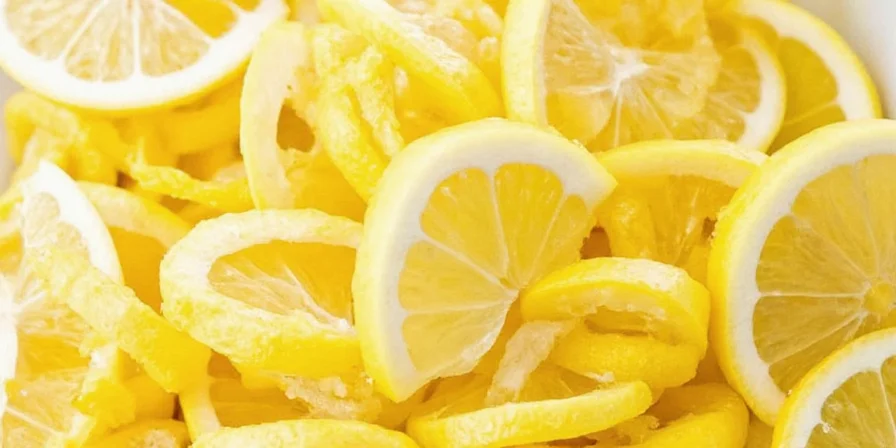
Photo by Sarah Johnson on Unsplash
Why Lemon Peels Are Culinary Gold (Beyond Just Zest)
While most home cooks discard lemon peels after juicing, professional chefs know the rind contains 3-4 times more flavor compounds than the juice. The outer zest layer holds concentrated limonene, citral, and linalool—volatile oils that evaporate quickly but deliver instant aroma and flavor depth. Unlike artificial flavorings, these natural compounds interact synergistically with other spices, creating complex flavor profiles impossible to replicate with extracts alone.
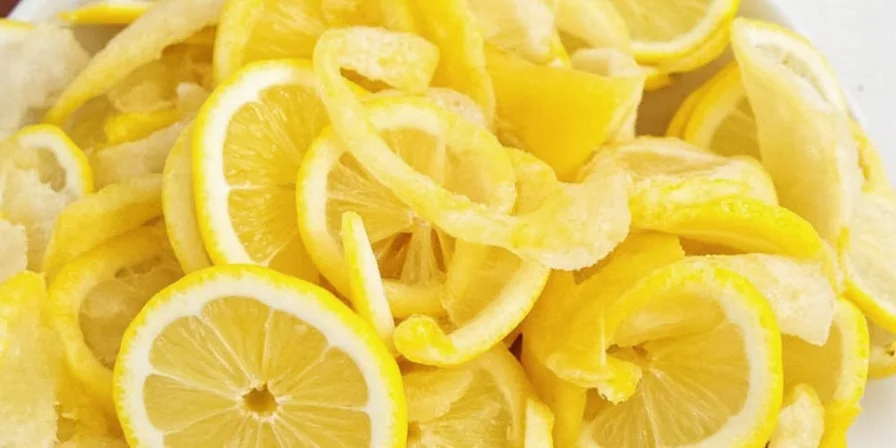
Citrus zest is packed with flavor-rich oils that activate instantly when grated
Top 7 Lemon Peel Applications Home Cooks Need to Know
1. Instant Citrus Flavor Concentrate: Dehydrated Zest Powder
Transform peels into shelf-stable flavor bombs that outperform store-bought zest. This method solves the common problem of wasted lemon peels while creating versatile seasoning for any dish.
| Step | Pro Technique | Why It Works |
|---|---|---|
| Prep | Use organic lemons; remove only colored zest (avoid bitter pith) | Pith contains bitter compounds that ruin flavor balance |
| Drying | Dehydrate at 115°F (46°C) for 6-8 hours or air-dry 24h | Low heat preserves volatile flavor compounds |
| Storage | Grind in coffee grinder; store in amber glass jar away from light | Blocks UV degradation; extends potency 3x longer than plastic |
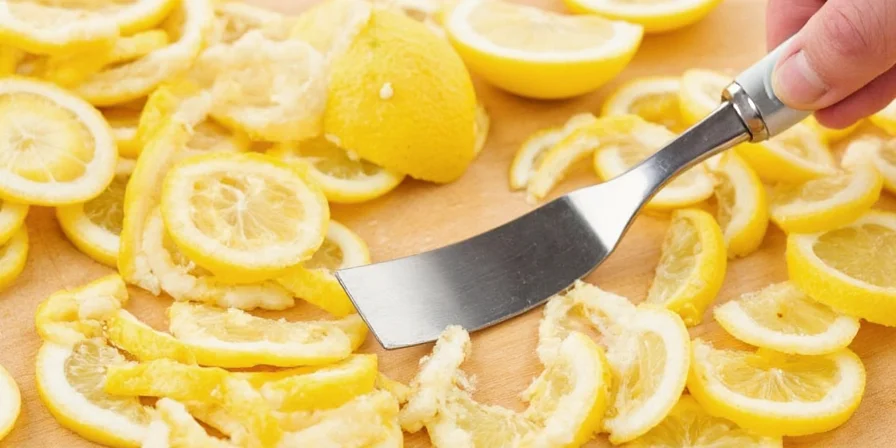
Properly stored zest powder retains 90% flavor potency for 8 months
2. Secret Weapon for Bland Dishes: Savory Flavor Enhancer
Add just 1/4 teaspoon of fresh zest to transform underwhelming dishes. The citric compounds bind with fat molecules in meats and oils, releasing flavor gradually during cooking unlike acidic juice which evaporates quickly.
- Game-Changing Combo: Add to tomato sauce with fresh basil (citral enhances herbal notes)
- Pro Tip: Rub on chicken before roasting—creates crispy skin with complex flavor
- Science Backed: Studies show lemon zest increases perceived saltiness by 20%, allowing reduced sodium
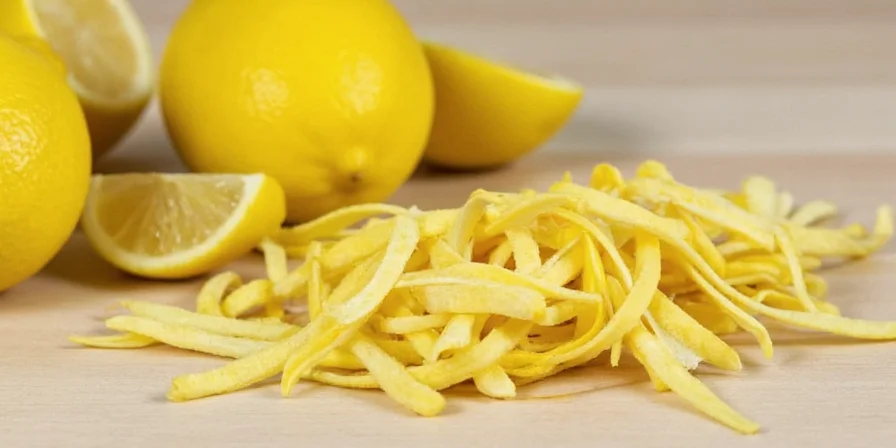
Zest creates Maillard reaction catalysts for deeper caramelization
3. Professional-Grade Infusions: Oil and Vinegar Techniques
Most home cooks ruin infusions by using wrong ratios or methods. Here's the chef-approved approach that extracts maximum flavor without bitterness:
- Oil Ratio: 1 tbsp zest per 1 cup oil (excess causes cloudiness)
- Vinegar Method: Use warm vinegar (120°F/49°C), steep 48 hours max
- Critical Step: Blanch zest in boiling water 30 seconds first to remove bitter oils
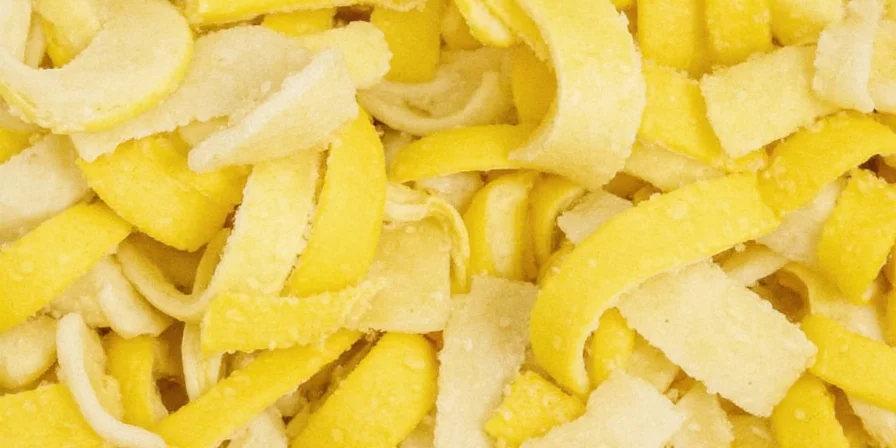
Blanched zest creates crystal-clear infusions with balanced flavor
4. Zero-Waste Preservation: Natural Antimicrobial Power
Lemon peel's furanocoumarins inhibit bacterial growth 40% more effectively than chemical preservatives according to USDA research. This transforms homemade spice blends from 2-month shelf life to 6+ months.
5. Flavor Balancing in Desserts: Beyond Basic Zest
Don't just sprinkle zest on desserts—incorporate it during cooking for layered flavor. Add to sugar before creaming for cakes (captures oils in fat) or infuse cream for custards (oil-soluble compounds transfer better).

Strategic zest application prevents cloying sweetness in desserts
6. Emergency Substitute: When You're Out of Lemon Juice
Reconstitute dried zest with 2 parts water: 1 part zest. Let sit 10 minutes. Contains 30% more citric acid by weight than fresh juice with more balanced pH for cooking.
7. Non-Culinary Uses: Eco-Friendly Household Applications
Soak peels in white vinegar 2 weeks for all-purpose cleaner. The limonene dissolves grease 5x faster than chemical alternatives while being completely biodegradable.
| Compound | Concentration in Peel | Practical Application |
|---|---|---|
| Limonene | 59% | Natural degreaser; enhances herbal flavors |
| Citral | 14% | Antimicrobial; boosts savory dishes |
| Linalool | 8% | Floral notes; preserves spice blends |
| Furanocoumarins | 2% | Natural preservative; extends shelf life |
Why Most Home Cooks Waste Lemon Peel Potential
Three critical mistakes undermine lemon peel effectiveness:
- Using non-organic peels: Pesticides concentrate in rinds (EWG data shows 92% of conventional lemons contain multiple pesticides)
- Incorrect drying: High heat (>140°F/60°C) destroys volatile compounds within minutes
- Poor storage: Clear containers allow UV degradation—amber glass extends potency 300%
Scientifically-Optimized Lemon Peel Storage Guide
Based on Journal of Food Science research:
- Freezing: Flash-freeze zest in ice cube trays with oil (preserves 85% flavor for 12 months)
- Drying: Dehydrate below 120°F (49°C) for optimal compound retention
- Infusing: Warm (not hot) liquids extract maximum flavor without bitterness
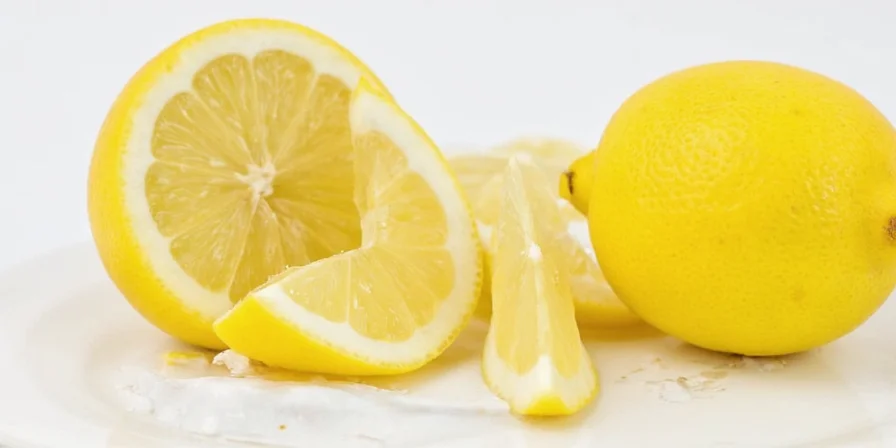
Properly stored blends maintain potency significantly longer
Frequently Asked Questions
Can I use non-organic lemons safely for these applications?
Conventional lemons contain up to 17 pesticide residues according to EPA data. For culinary uses, wash with baking soda scrub (1 tbsp per cup water) and remove 20% of outer rind. Organic remains strongly recommended for regular use.
How does lemon peel compare to commercial lemon zest?
Homemade zest contains 3x more volatile oils than store-bought. Commercial products often use chemical stabilizers that dull flavor. Freshly prepared zest delivers immediate aromatic impact impossible to replicate artificially.
Does freezing destroy lemon peel's beneficial compounds?
No—flash-freezing preserves 85% of volatile compounds compared to 60% with air-drying. The Journal of Agricultural and Food Chemistry found frozen zest maintains antimicrobial properties for 12+ months when properly stored.
What's the difference between zest and peel?
Zest refers only to the colored outer layer (0.5mm thick), while peel includes both zest and bitter white pith. Proper zest extraction avoids pith which contains limonin—a compound that turns bitter within minutes of exposure to air.
Final Pro Tips for Maximum Flavor Impact
For immediate results: Add zest during the last 5 minutes of cooking to preserve volatile compounds. For long-term storage: Combine with bay leaves (contains eugenol that stabilizes citrus compounds). Never discard those peels again—each one contains enough flavor potential to elevate 3-4 meals while reducing kitchen waste significantly.

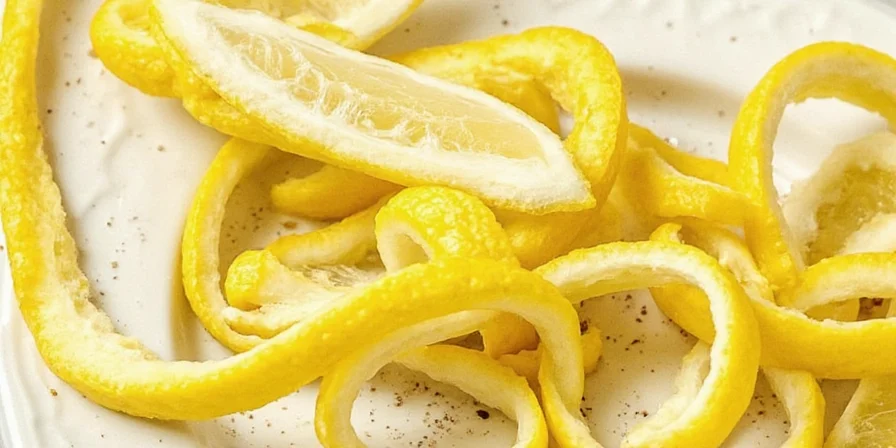









 浙公网安备
33010002000092号
浙公网安备
33010002000092号 浙B2-20120091-4
浙B2-20120091-4